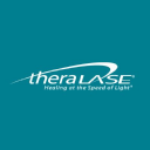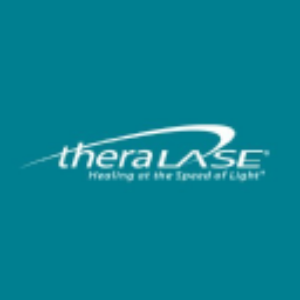Welcome to our dedicated page for Theralase Technologies news (Ticker: TLTFF), a resource for investors and traders seeking the latest updates and insights on Theralase Technologies stock.
Theralase Technologies Inc. (TLTFF) is a clinical-stage biopharmaceutical company pioneering light-activated therapies for cancer and infectious diseases. This page aggregates official news releases and verified updates about their drug development programs, clinical trials, and strategic partnerships.
Investors and researchers will find timely updates on regulatory milestones, preclinical data, and technology licensing agreements. Our curated collection includes verified information on:
• Clinical trial progress across multiple cancer types
• Peer-reviewed research publications
• Strategic industry collaborations
• Regulatory pathway developments
Bookmark this page for direct access to source materials about Theralase's innovative photo dynamic therapies and drug repurposing initiatives. Always consult primary SEC filings and medical journals for complete details.
Theralase Technologies (OTCQB: TLTFF), a clinical stage pharmaceutical company focused on light, radiation, sound and drug-activated therapeutics for treating cancer, bacteria and viruses, has announced plans to extend the expiry date of 4.8 million share purchase warrants. The warrants, originally issued on June 30th, 2023, will be extended from June 30th, 2025, to June 30th, 2028.
The warrants remain exercisable at CAN $0.35 per share, with all other terms and conditions unchanged. This extension is pending final acceptance from the TSX Venture Exchange.
Theralase Technologies (TLTFF) announced it will present new preclinical research on radiation-activated Rutherrin® at the ASTRO 2025 67th Annual Meeting in San Francisco. The study evaluates Rutherrin®, a ruthenium-based drug formulated with human transferrin, against radiation alone in treating cancer.
The research explores Rutherrin's dual cancer-fighting mechanism: immediate cytotoxicity through Reactive Oxygen Species generation and sustained immune response through Immunogenic Cell Death. Key aspects to be presented include tumor targeting, blood-brain barrier penetration, survival rates, and resistance inhibition.
The company plans to complete GLP toxicology studies in 2025 and aims to launch clinical studies in early 2026 targeting multiple cancers including GBM, lung, pancreatic, lymphoma, and colorectal cancers.
Theralase Technologies (TLTFF) has announced groundbreaking preclinical results showing that their radiation-activated Rutherrin® treatment is 100 times more effective at destroying cancer cells compared to radiation therapy alone. The company will present these findings at the ASTRO 2025 conference in San Francisco.
Key findings demonstrate that Rutherrin®, a ruthenium-based small molecule drug, shows selective tumor targeting, enhanced blood-brain barrier penetration with 10x higher concentrations in GBM tumors, and combines direct tumor cell destruction with immune activation. The treatment works through Radio Dynamic Therapy (RDT), generating Reactive Oxygen Species for immediate cytotoxicity and Immunogenic Cell Death for durable immune response.
The company plans to complete GLP toxicology studies in 2025 and launch clinical studies in early 2026, targeting GBM, lung, pancreatic, lymphoma, and colorectal cancers.
Theralase Technologies (TLTFF) has announced a significant breakthrough in cancer treatment research. Their lead drug Ruvidar has been proven preclinically to effectively inhibit DeUbiquitinating Enzymes (DUBs), which are linked to various cancers and neurodegenerative diseases.
The research demonstrates that Ruvidar works through a dual mechanism: it inhibits DUBs activity in a dose-dependent manner and induces oxidative stress through Reactive Oxygen Species (ROS) production. At 100 μM concentration, Ruvidar nearly eliminates DUBs activity completely.
This discovery is particularly significant as DUBs are associated with drug resistance in cancer treatments. By targeting DUBs, Ruvidar could potentially be used in combination with various chemotherapy drugs and radiotherapy to combat chemoradiotherapy-resistant cancers.


